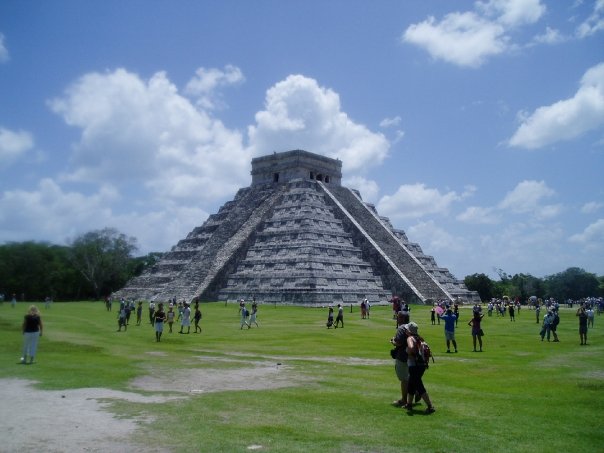One of the more annoying things to me in many fantasy and science fiction settings is the homogenization of the cultures. Whether it is having a single pantheon of gods, people all having the same reaction to magic, or having the same levels of technology, the creator is losing a great deal of potential by not having differences between cultures and subcultures within their worlds. Many will have an Underworld where the criminal element may operate or some sort of truly alien world (think the Underdark in Forgotten Realms) where things may be different.
In our world, there are many different subcultures, some of which will conflict with some or have nothing to do with others. There will be movements and other movements that oppose them. Detailing some of these, particularly within your stories, will deepen and enliven your setting. They make the sense of place more familiar while allowing your characters to deal with the conflicts inherent to the world.
In the Hierarchy of Social Estates for Myos, posted here last week, one thing to notice is how far down non-priest spell casters are. Master spellcasters are on a lower level than Sergeants, Innkeepers, and even Mercenaries. This is because in the history of Myos, spellcasters have done an unbelievable amount of damage to the society. There were the Druid Wars, which was between two groups of spellcasters; the Foes of the Wand, who persecuted some types of magic; the Age of Chaos, where powerful spellcasters were bent on bringing total anarchy to the world; and the odd summon gone wrong. People in Myos do not trust magic, so even helpful wizards, like Vitancers who can do miraculous healing, are shunned.
Priests who cast spells are placed higher up in the hierarchy, because Myos is a theocracy. That said, certain types of magic are still more acceptable than others. For example, the Church of Iricil actively teaches Vitancy, as Iricil has healing as part of her worship. However, in my short story The Invisible, two of the characters use other types of magic for purposes of healing the mind. They aren’t as accepted as the vitancers are, and struggle to fund their efforts at healing the mind. Eyes of Law cast Divination as part of their job, but are constantly struggling against prejudice and lack of trust in the ranks of the Order. In my books, Annika Trollbane’s attitude against the Eyes of Law is the norm for the group.
For each major culture, there will be several common subcultures. How much detail you put into each of these will depend on how important they are for your story, but I recommend you have some idea as to how they generally work in the setting. Typical subcultures are:
- The Mystic World (wizards, supernatural creatures like vampires and shapeshifters, fae, extraplanar creatures, etc.)
- The Warrior World (mercenaries, guards, soldiers, police, etc.)
- The Under World (thieves, assassins, gamblers, beggars, etc.)
- The Spiritual World (churches, priests, cults, sects, etc.)
- The Artistic World (artists, patrons, representatives, etc.)
Some cultures may have specific subcultures that you may want to detail, such as if there is a large counterculture or significant faction that is altering the setting, such as the LGBTQ+ movement in the US, the Protestant movement during the Reformation, or pro-democracy factions in Eastern Europe during the cold war. There may be geographic subcultures as well, such as the Basque region of Spain, the South in the United States, or the Kurdish region of Iran, Iraq, and Turkey.
Each of these may merit its own Hierarchy of Social Estates, detailing who has more esteem than whom. In Myos, religious motifs dominate the market, so representational artists who deal with those themes have more economic and artistic influence than say portrait painters or performance artists like singers or knife throwers. The Priests of the Churches who are represented in the Circle of Nine have more power and prestige than those who aren’t. Followers of some gods are even imprisoned in Myos, even though they are acknowledged as part of the Pantheon.
Think about how these subcultures interact among each other as well as within the main part of the culture. Are the arts embraced as an important part of society, or are they shunned as a useless waste of time? Are the people of the north thought of as barbarians who are only useful as soldiers in times of war, or are they celebrated as the brave heart of the land?
Thanks for reading. Next week, I’ll post about how my writing is coming. As always, let me know what you think in the comments. See you next Sunday!

